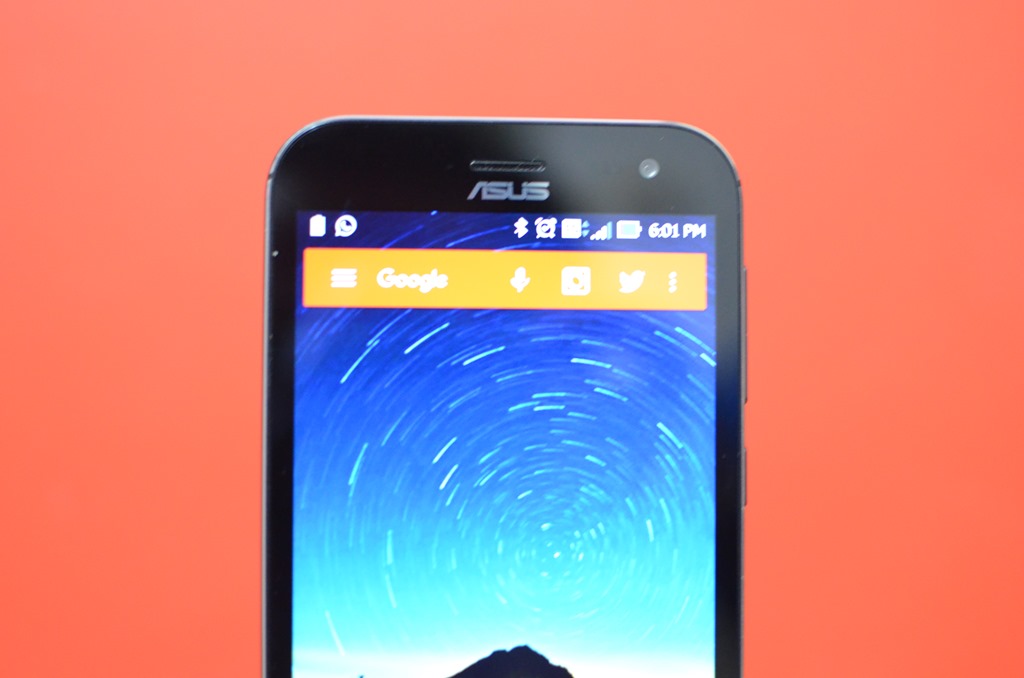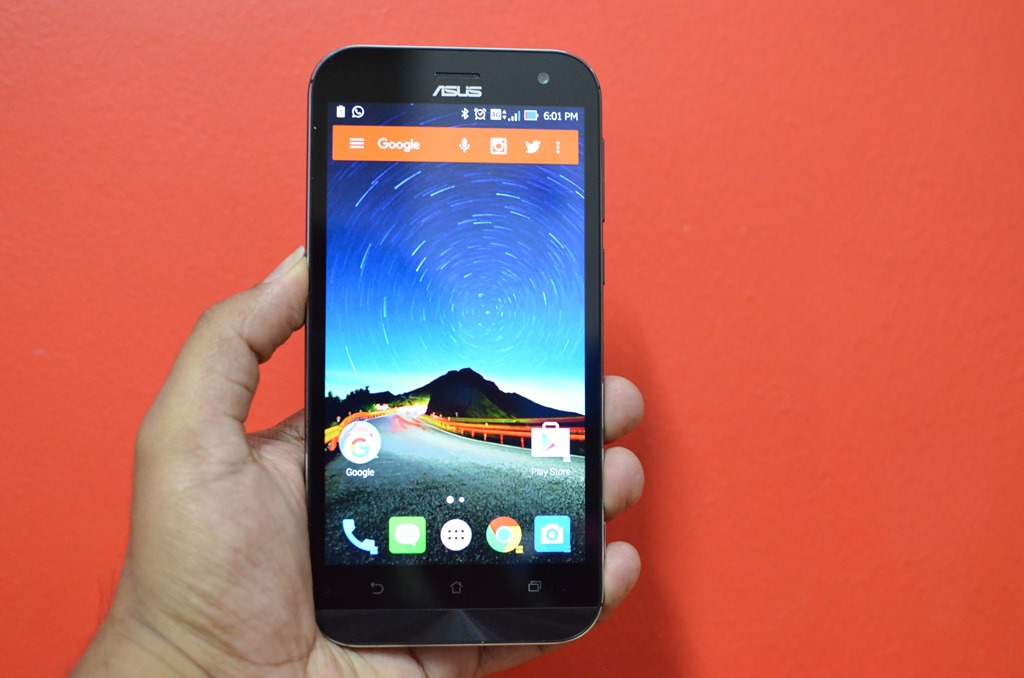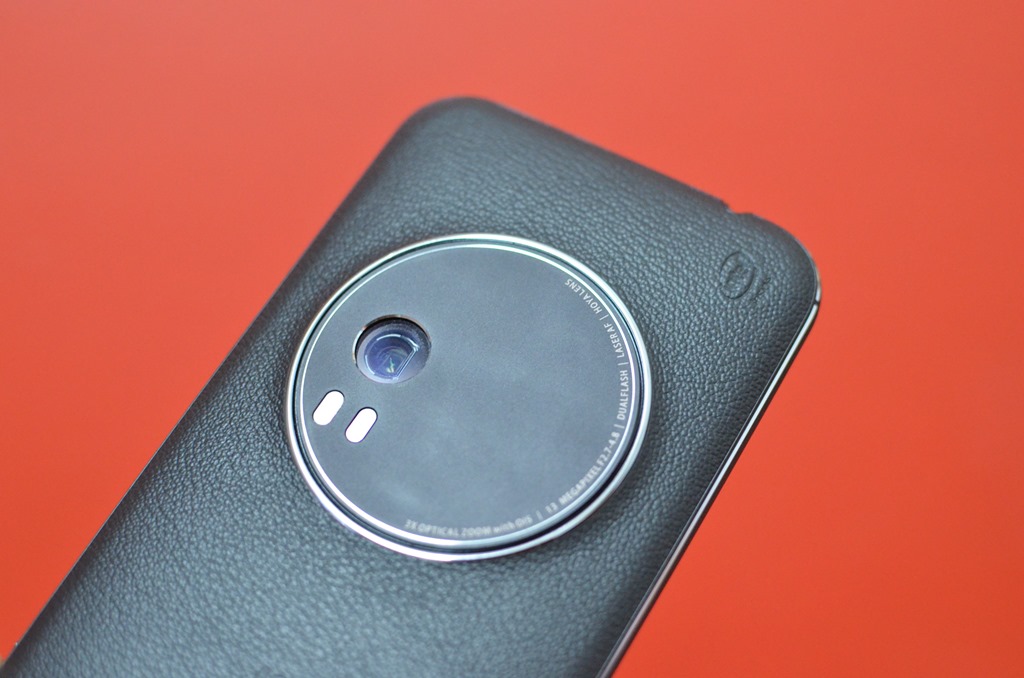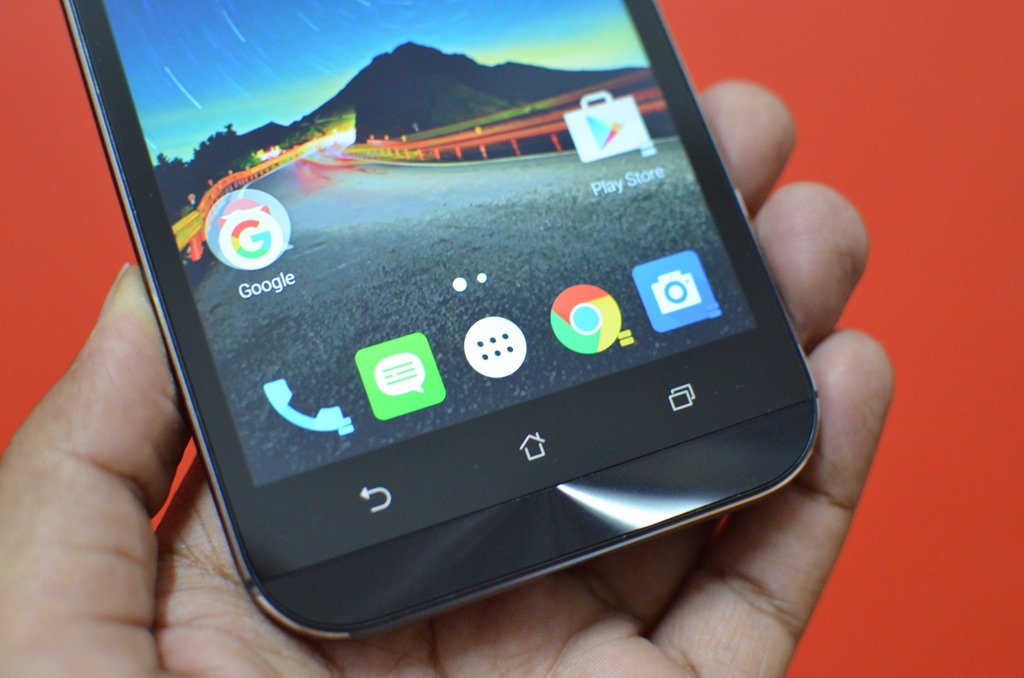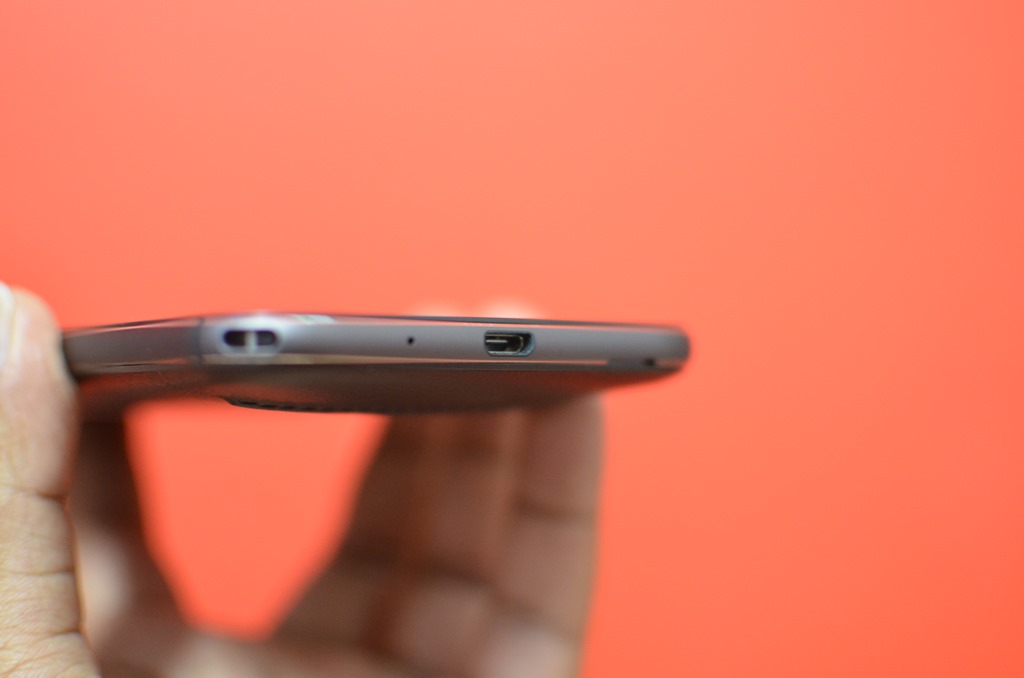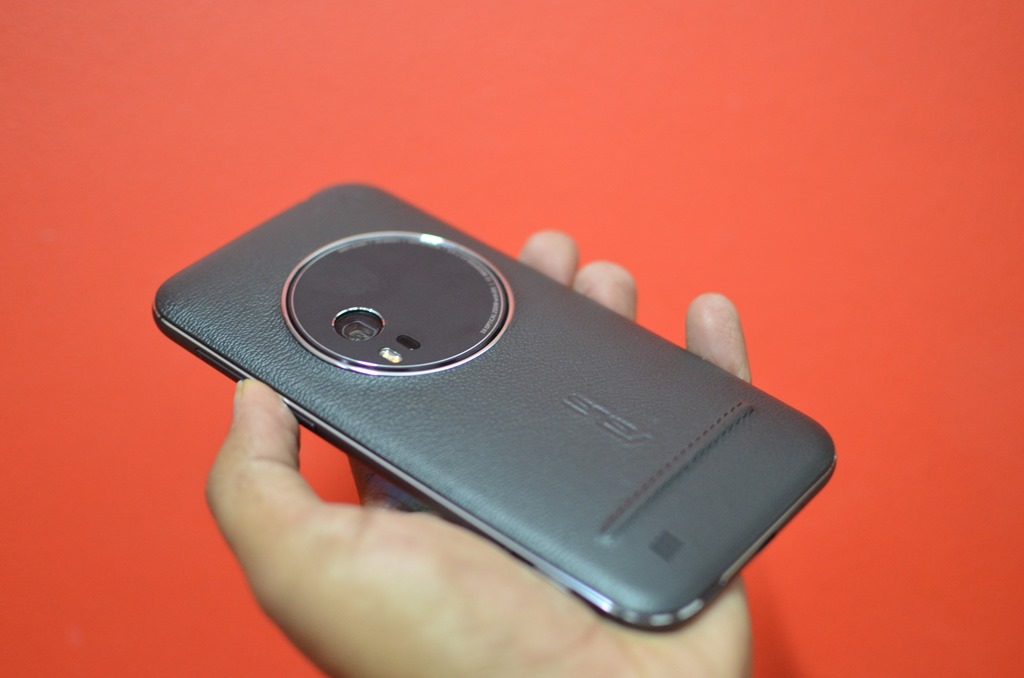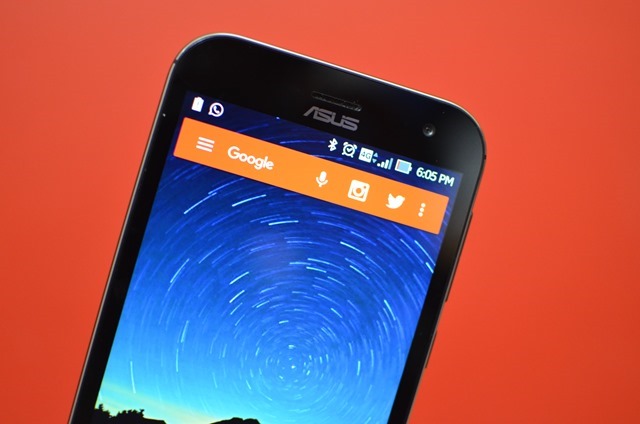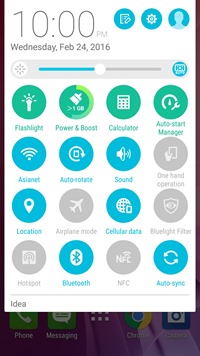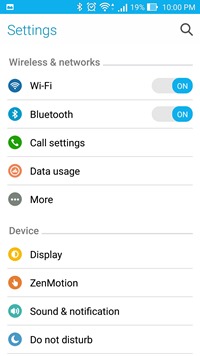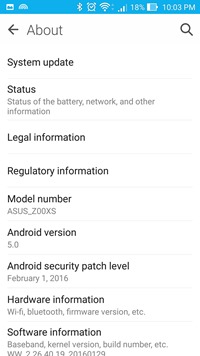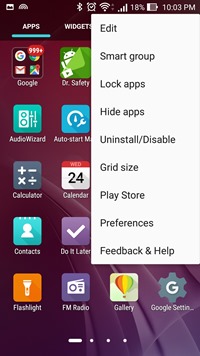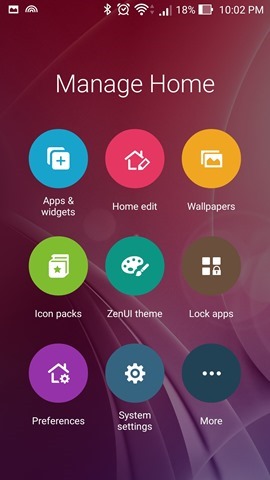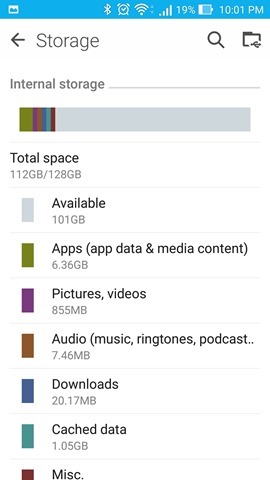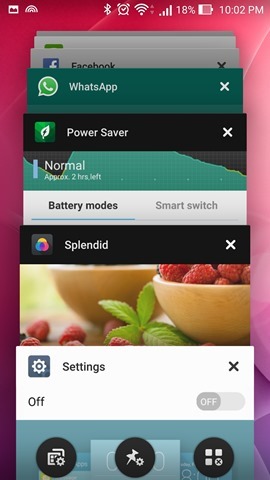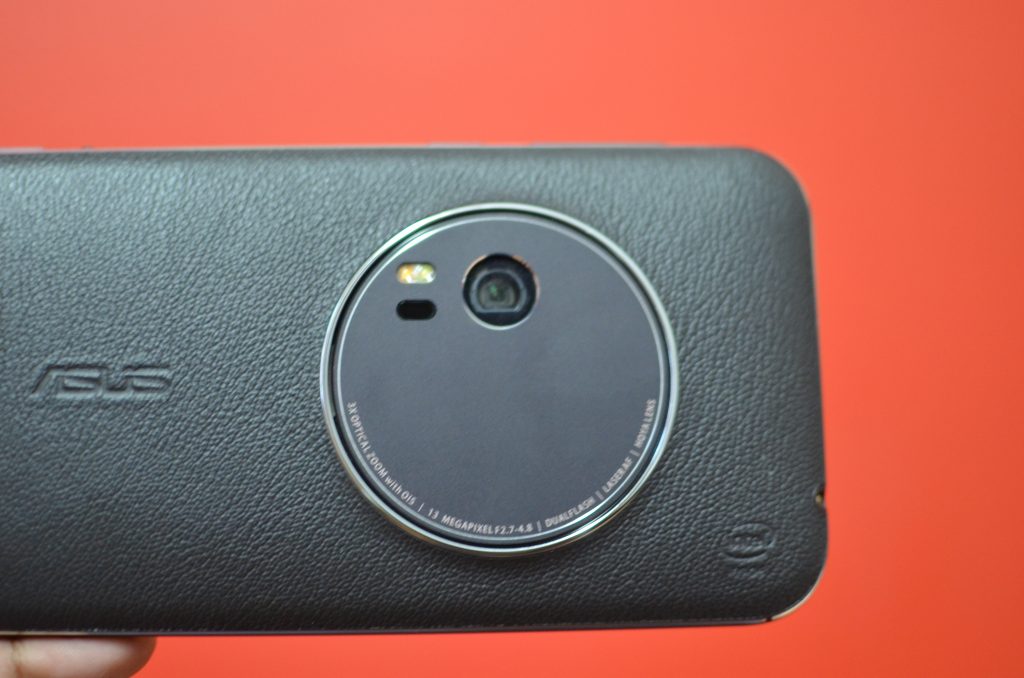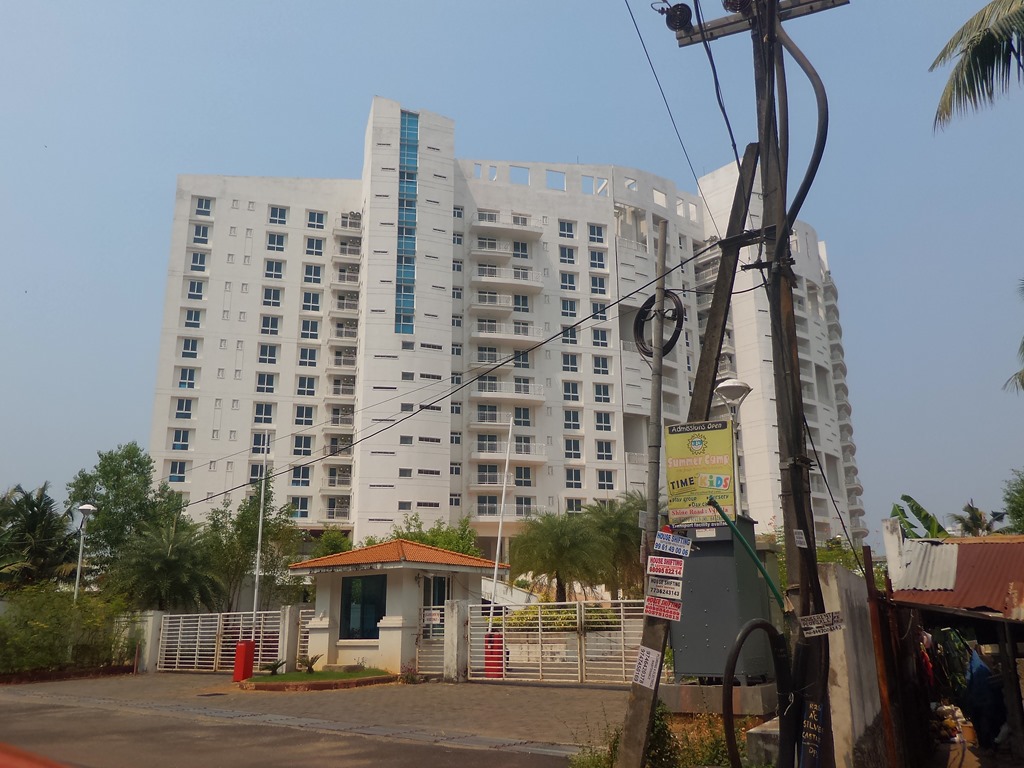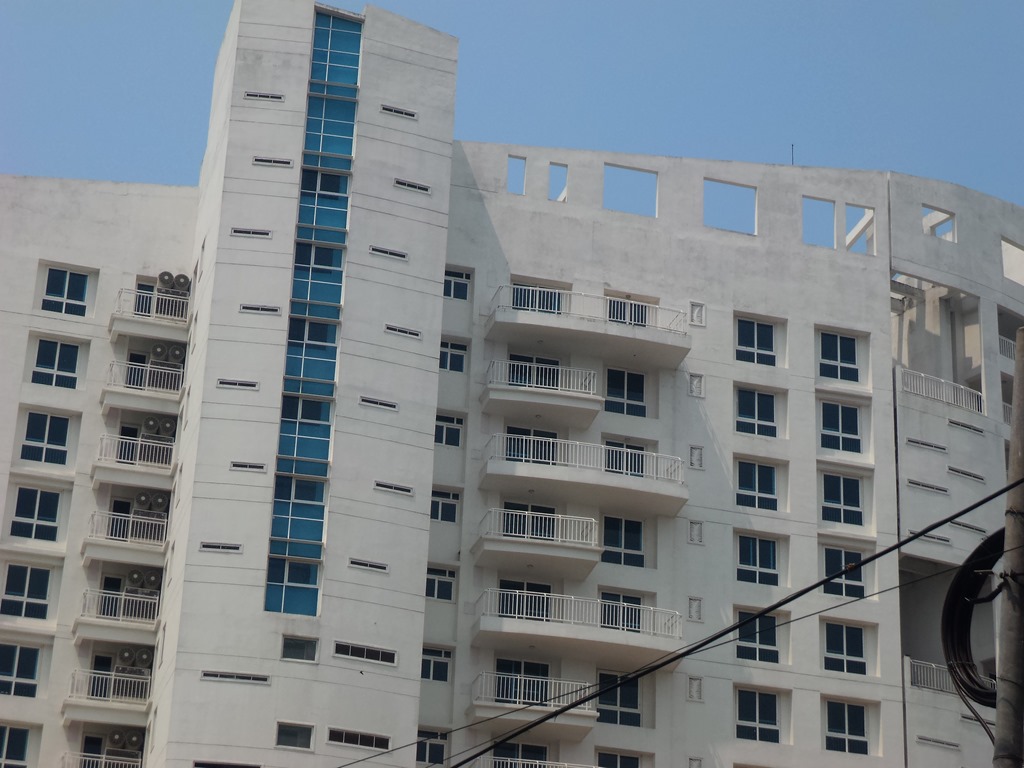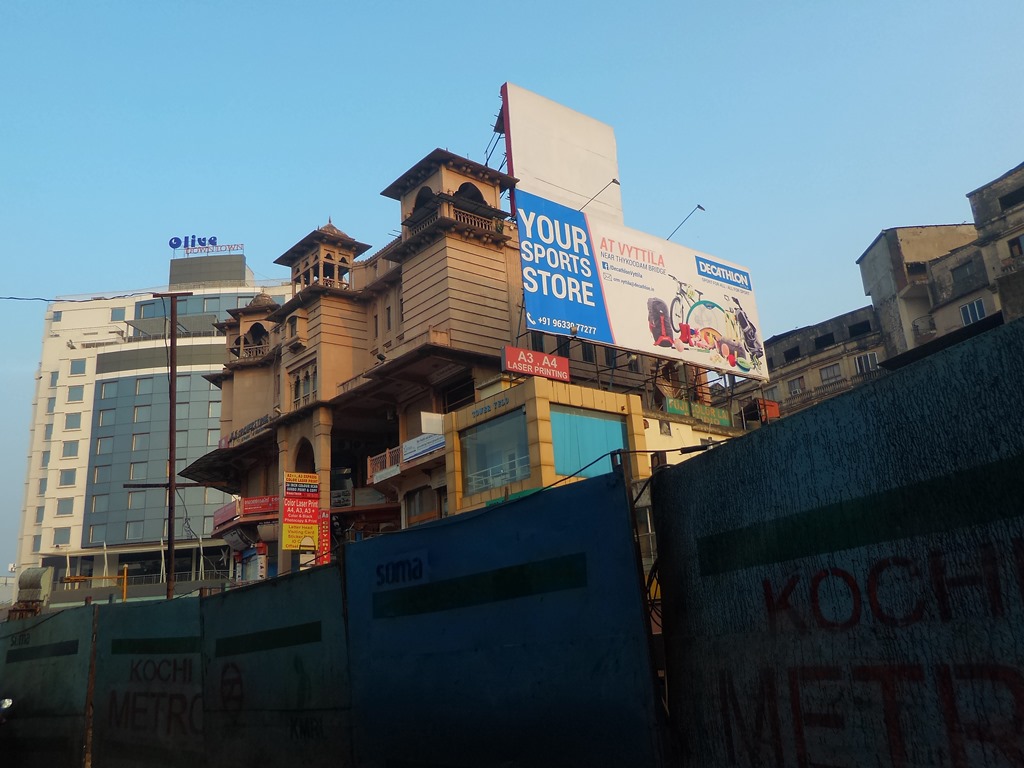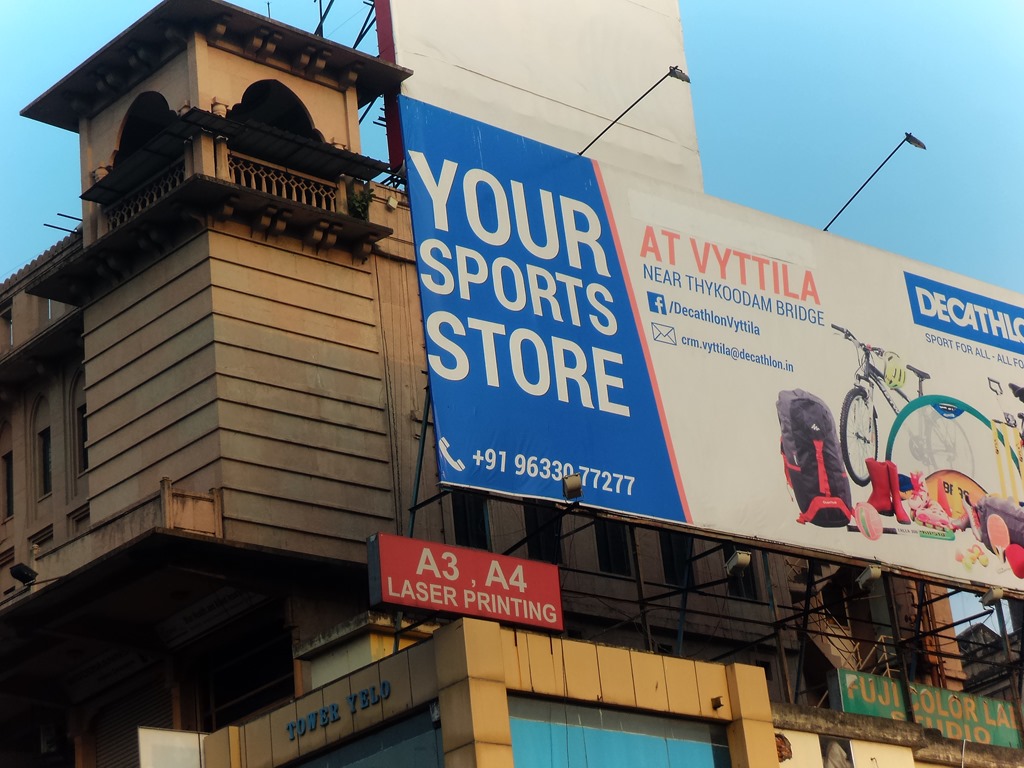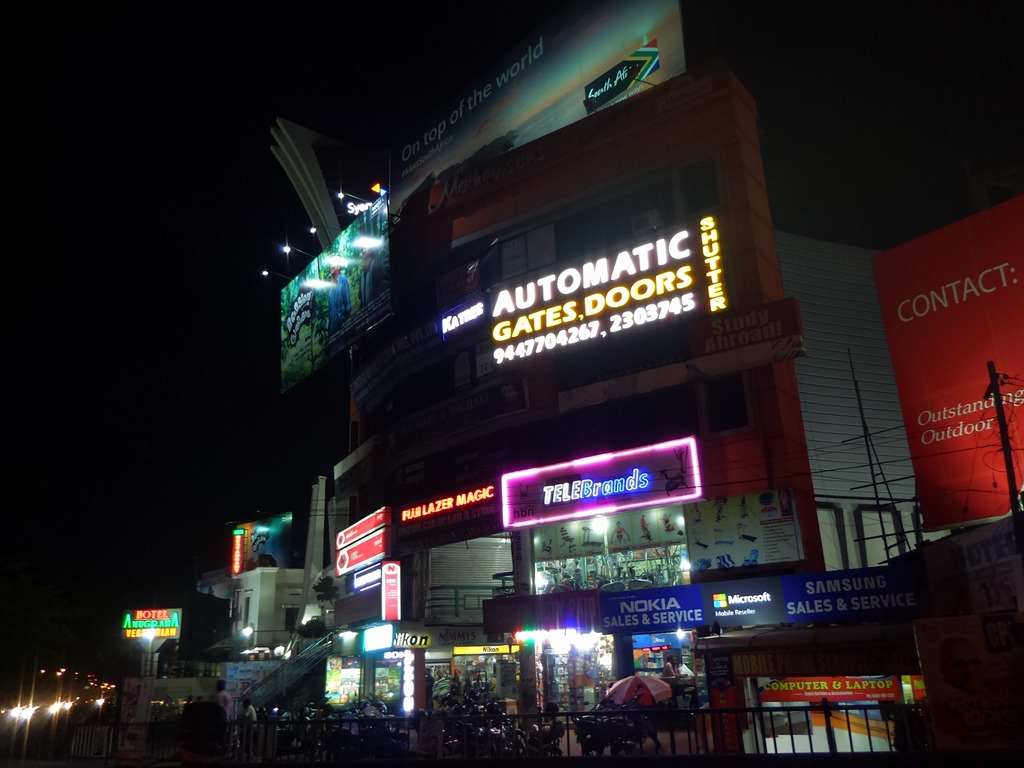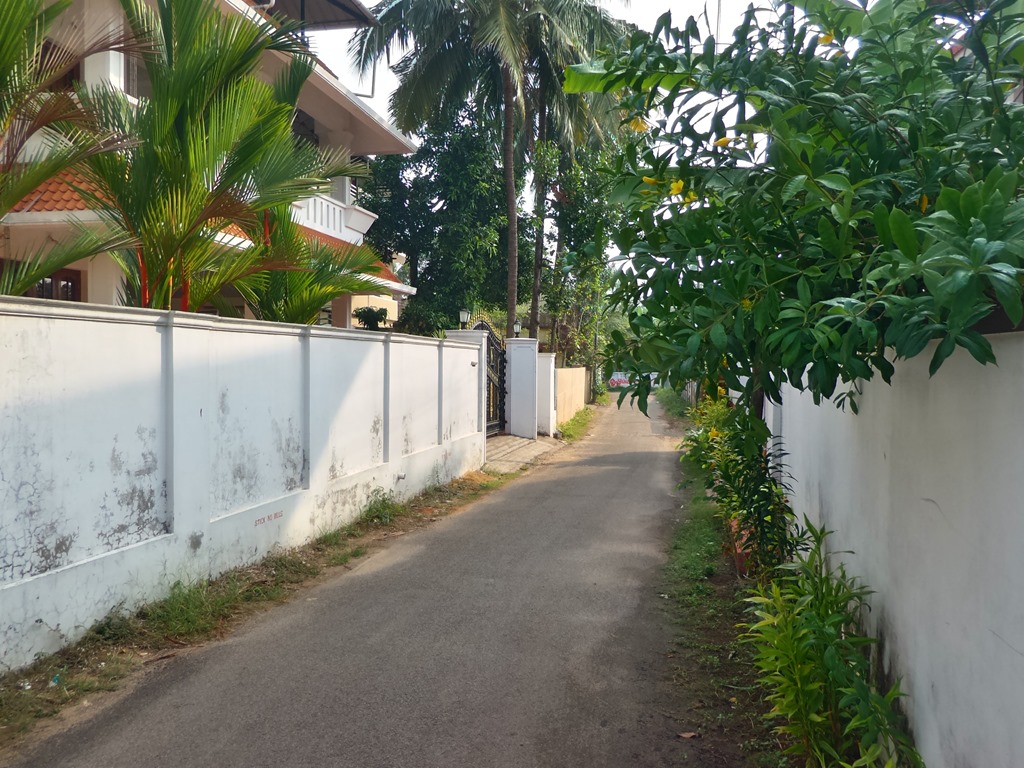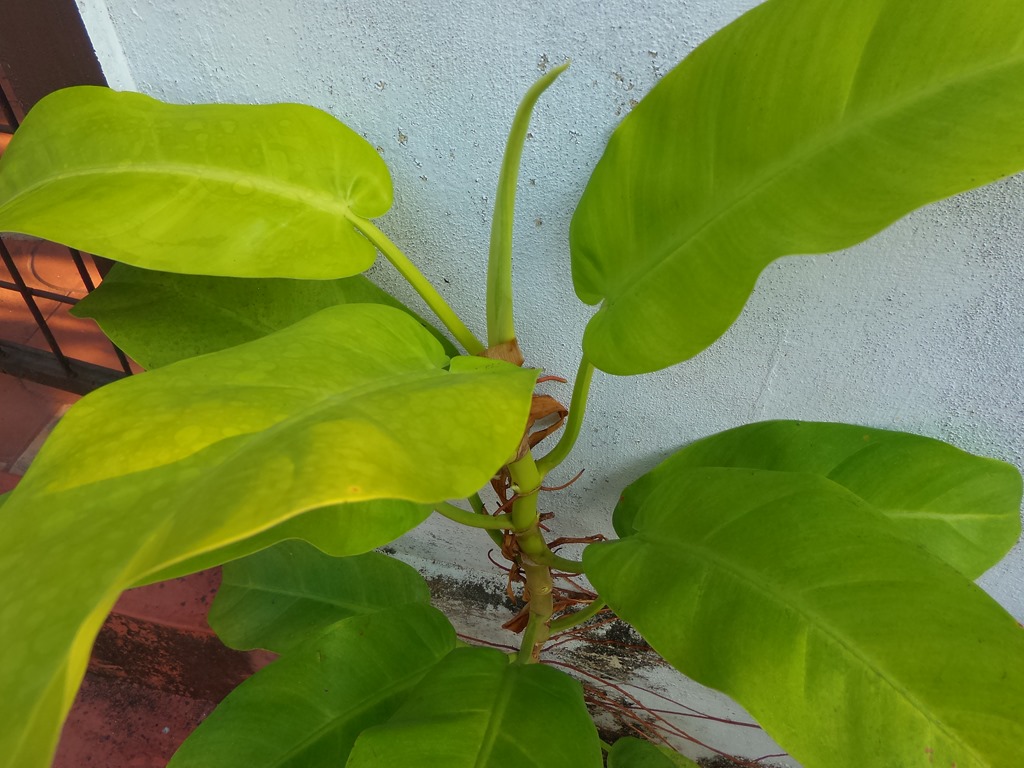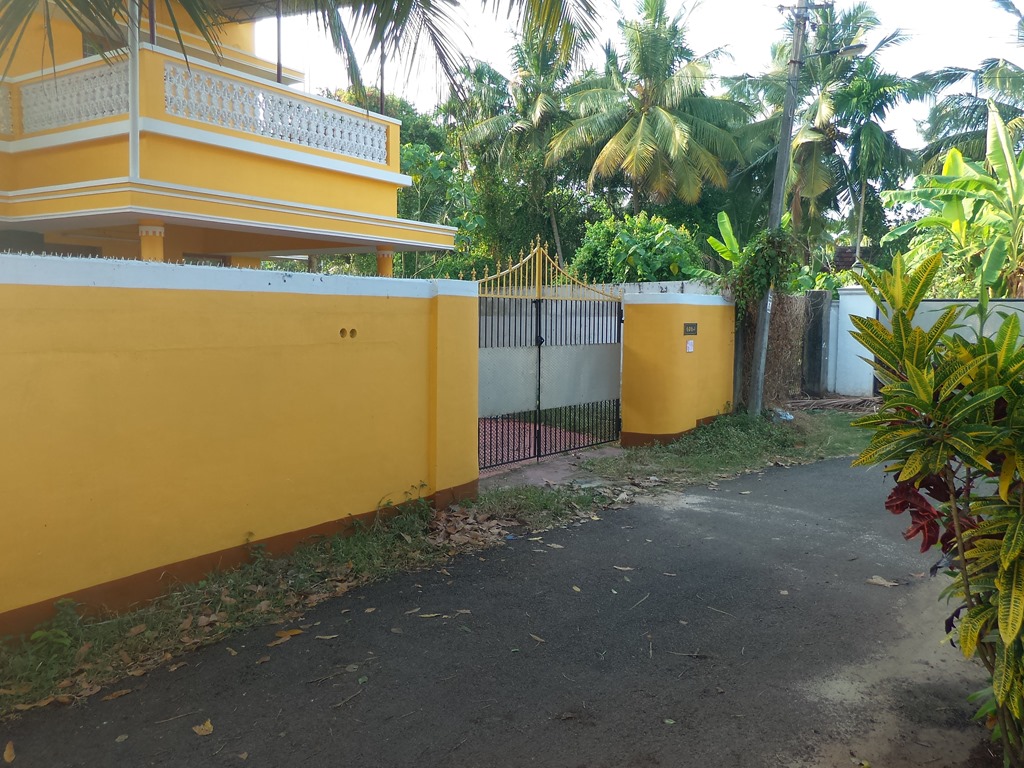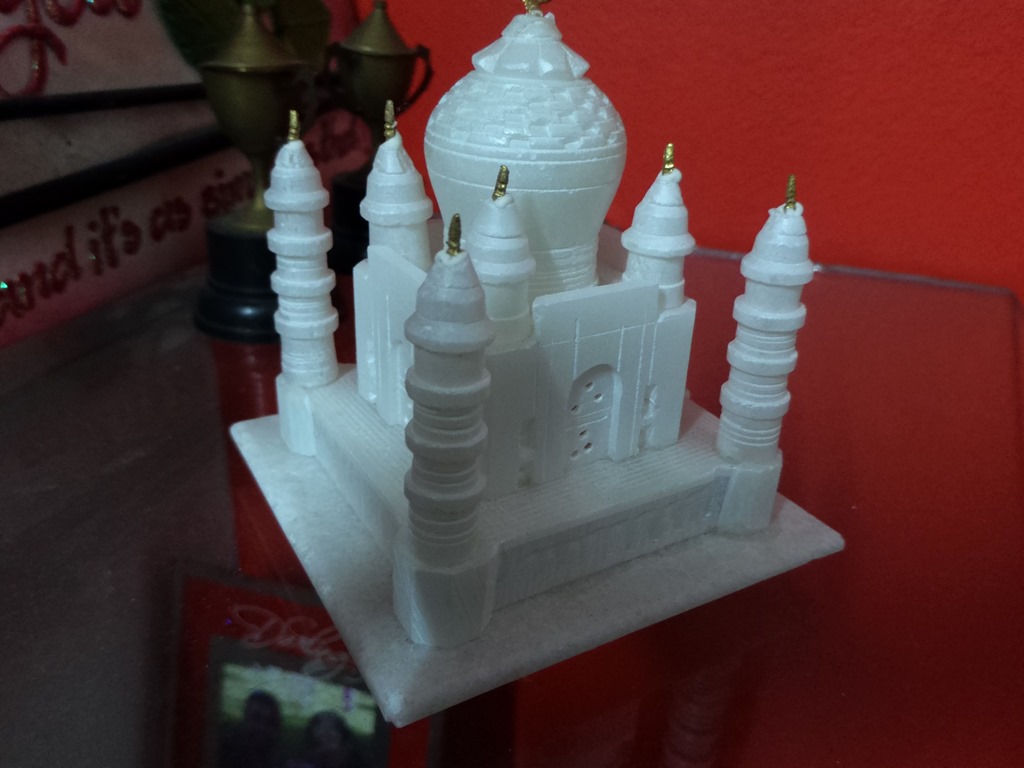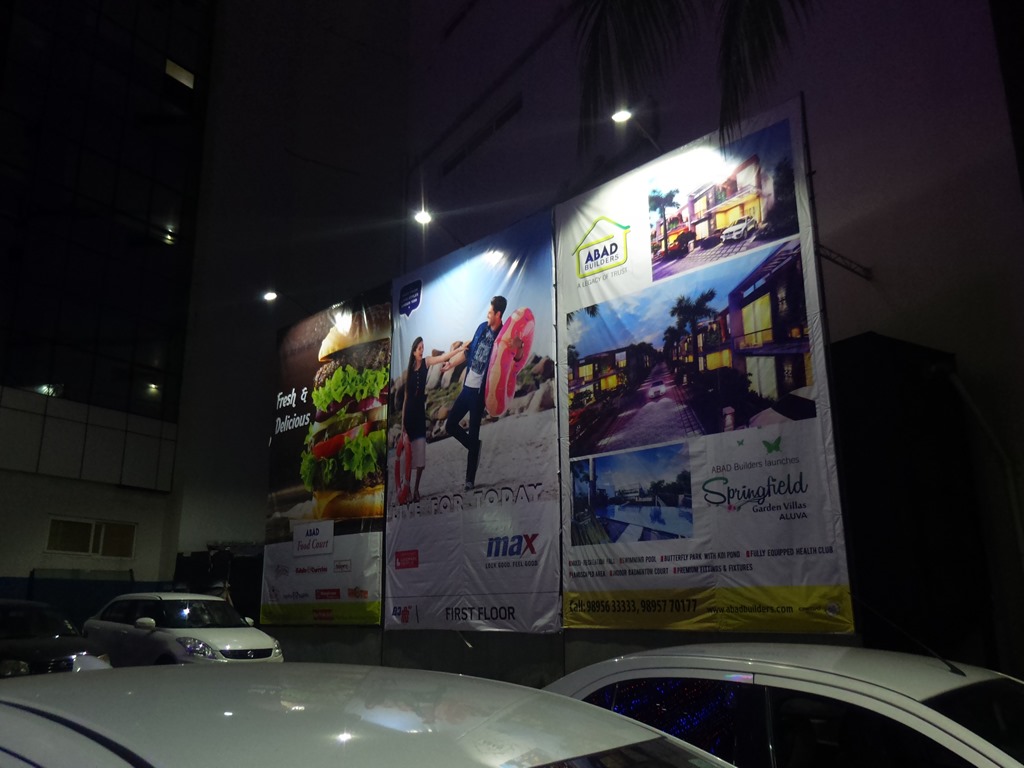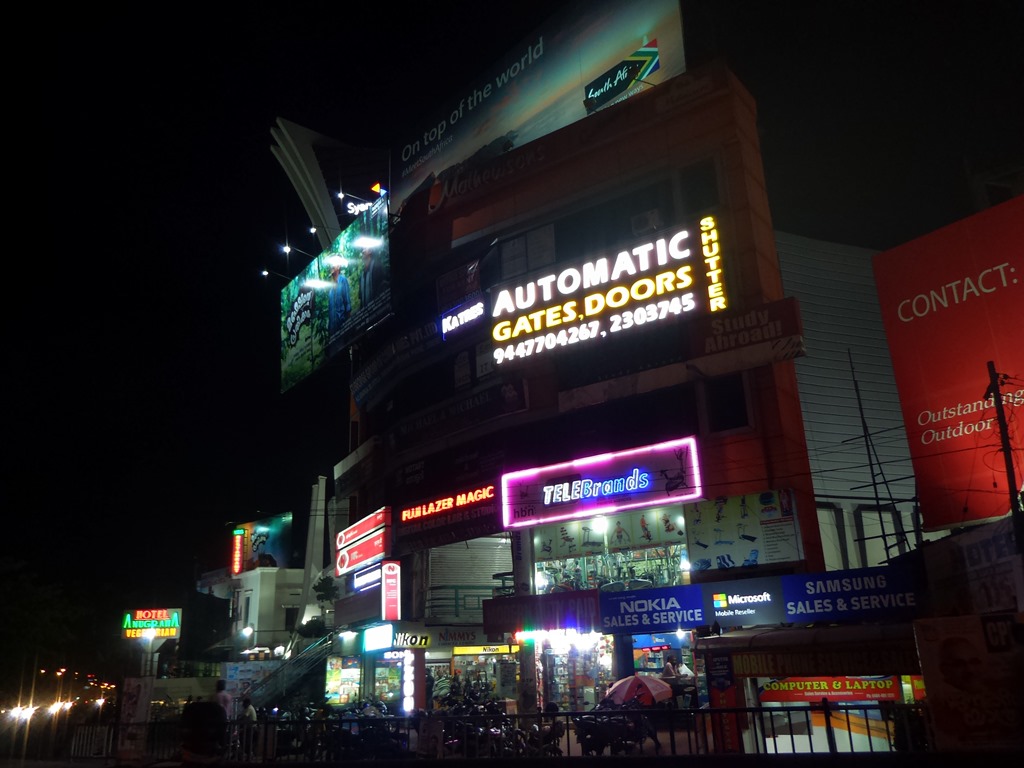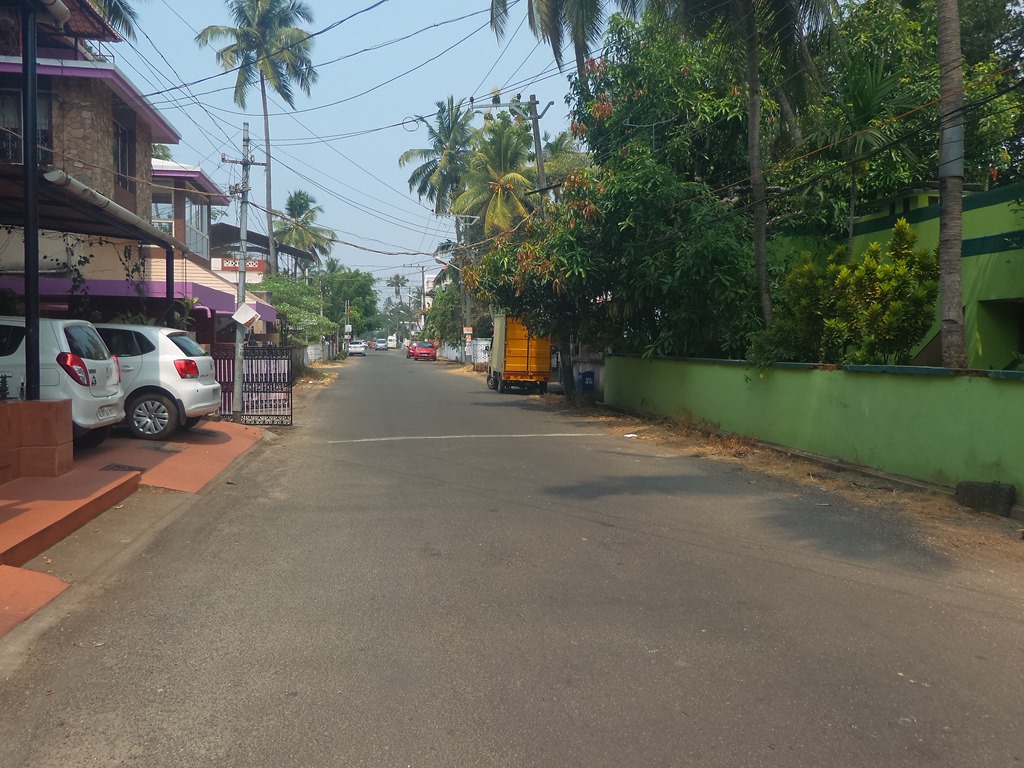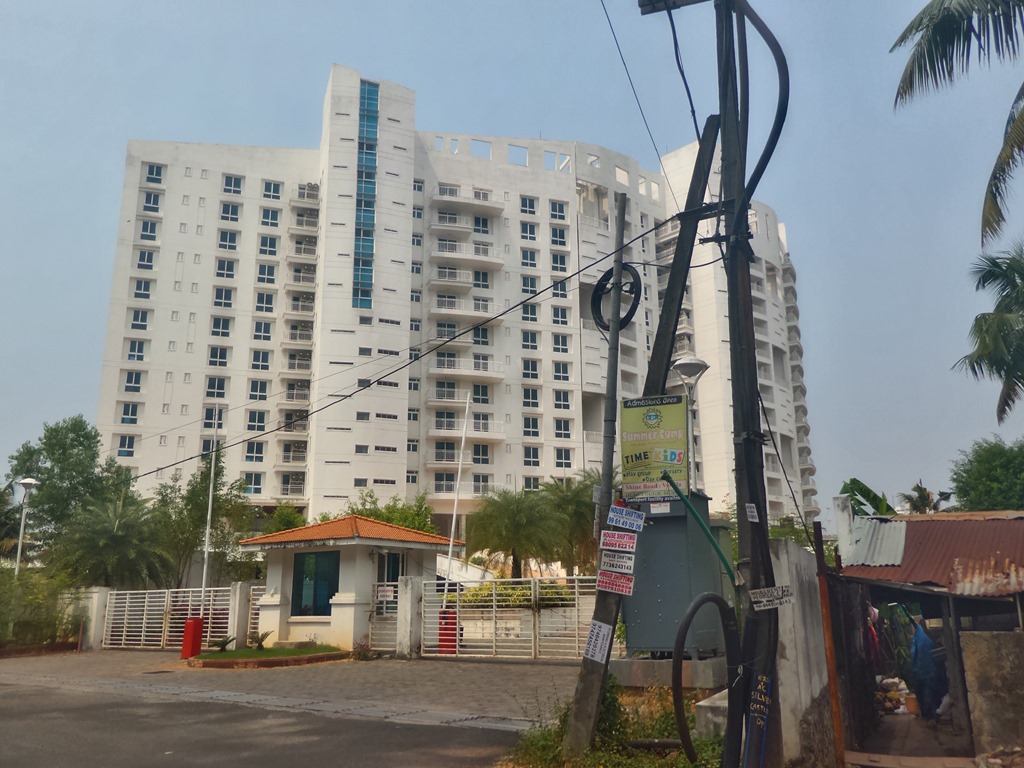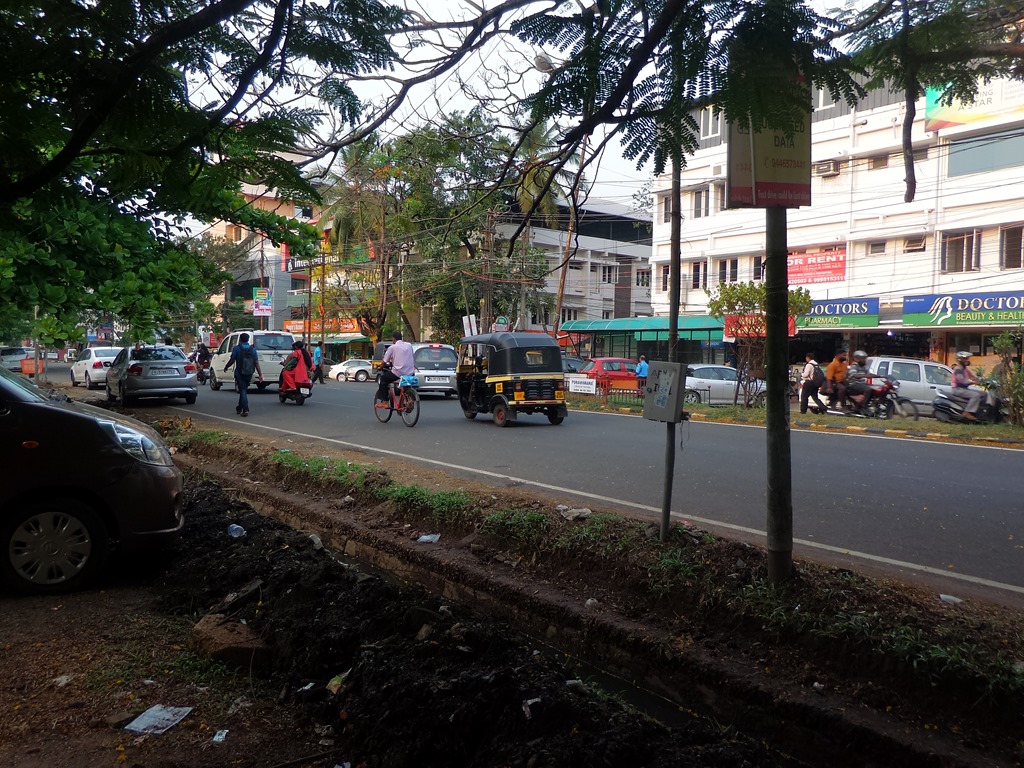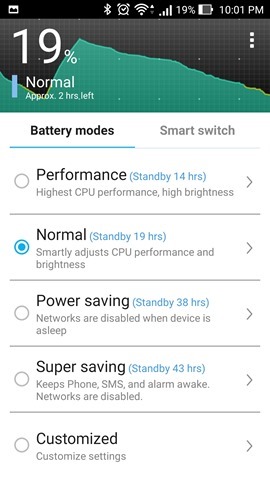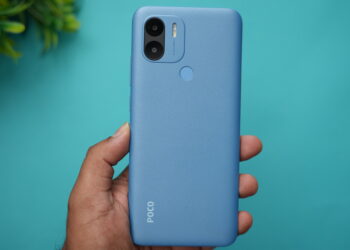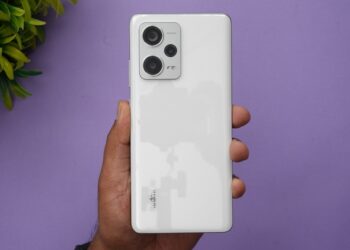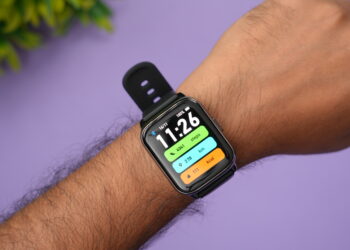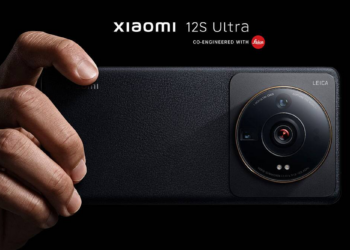ASUS had officially announced the Zenfone Zoom in India in the last week of January 2016 and it went on sale for Rs 37,999. The device was first showcased in CES 2015 along with Zenfone 2. The company took almost a year to bring this device into production. ASUS claims that the Zenfone Zoom is world’s thinnest 3X optical zoom on a smartphone. ZenFone Zoom is engineered to embed 10-element lenses for 3X Optical Zoom while still keep the device as thin as 11.95mm. It’s the world’s thinnest 3X optical smartphone offering up to 12X zoom-in effect.
So does the Zenfone Zoom live up to the expectations of being one of the camera-centric smartphones? Let’s find out in this detailed review.
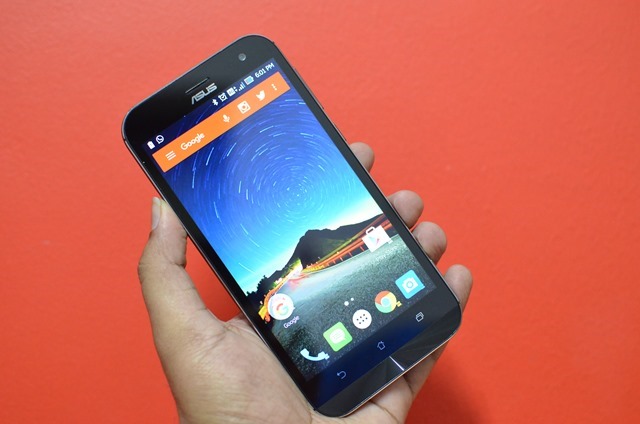
Design and Build:
The Zenfone Zoom has quite a lot of changes compared to Zenfone 2 and Zenfone Deluxe, the two devices which share the same hardware. The rear panel has been given a leather finish and looks good. The large 13MP camera with dual tone LED flash, laser autofocus and 3X optical zoom protrudes out considerably giving a similar feel like Lumia 1020. There is chrome finishing on the sides of the circular camera unit. The rear panel also houses the ASUS and Intel branding along with the speaker unit.
The phone has a metallic chassis and has power and volume keys on the right side. Since the device is a camera centric phone, it comes with dedicated keys for capturing photos and record videos. The sides of the phone have also been given a premium finishing. The micro USB charging slot sits at the bottom while the audio jack is at the top. The front panel is quite familiar with the ASUS logo, 5.5 inches Full HD display, three capacitive buttons and the pattern at the bottom. The device is pretty heavy at 185gms and considerably thick at 12mm.
Overall, in the build quality, this is the best so far from ASUS.
Display:
The phone comes with a 5.5 inch Full HD display (IPS LCD) with 1920 X 1080p resolution and Corning Gorilla Glass 4 protection. The display isn’t as vibrant and sharp as many of the devices in this price point. In fact, it feels dull at times and doesn’t give a feel of a premium flagship. The touch response is quite good.
The viewing angles are also decent, we would have expected a better display especially at this price point.
Software:
Zenfone 2 comes with Android 5.0 with the custom Zen UI. When we reviewed the Zenfone 2 last year, we did mention Zen UI is one of the usable ROMs on Android. There isn’t much change in the Zen UI on Lollipop-powered Zenfone 2 when compared to the previous version.
The notification center is a completely customized and sports almost all quick toggles which is customizable. Unlike most of the Chinese based ROMs, there is an app drawer in Zenfone 2 and it also comes with quite a lot of options to organize the apps.
There is smart grouping available wherein you can automatically sort apps based on category. The settings menu also comes with a customized look and the phone runs Android 5.0. There are quite a lot of additional options included by ASUS.
The phone also feature a handful of gestures including double tap to wake, double tap to sleep, screen gestures to open apps and also motion gestures. There is also an easy mode which makes the UI lighter and easier to use, specifically useful for elderly people and comes with basic options alone.
Multitasking is implemented the Android Lollipop way but does offer additional feature of pinning app. The Zen UI also comes with themes support but has only a handful of themes and limited options to download new ones. You can also download icon packs from Play store and install them.
UI is mostly responsive and we seldom faced any lags or issues, but the biggest issue with Zenfone Zoom is the amount of bloatware the phone ships with. There are lots of third party unwanted apps included in the UI which we feel ASUS should have excluded. Many of these apps cannot be uninstalled and this is one big issue as it consumes memory.
While the UI offers plenty of features, it is not as polished as MIUI.
Performance:
The phone is powered by a 2.5GHz quad-core Intel Atom Z3590 processor coupled with PowerVR G6430 GPU and 4GB of RAM. This is the same processor which powers the Zenfone 2 as well. While the Zen UI is a heavily skinned UI with a lot of bloatware, it still gives you great performance.
The performance of the device with 4GB RAM and Intel Quad core processor with great and it was able to perform every task with ease. We never experience any lag on this device and most of the time there was around 2GB of RAM available for use. Multitasking was also quite good on the device and we were able to switch between apps without any issues.
The gaming experience of the device was good and the 5.5 inches Full HD display is suited for it. You can play highly graphic intensive games without any frame drops or lags. The call quality on the device was good and we never experienced any call drops and the signal strength was good. The rear speaker performance was decent, but the output wasn’t the best when you increase the volume. The phone comes with single SIM card and has support for 4G LTE in India.
The phone comes with 128GB of internal storage, which means you have plenty of storage to install apps and games and you can even expand the storage using the micro SD card. Another feature which is lacking in the device is a fingerprint scanner.
Camera:
Now let’s talk about the most important aspect of the phone, the camera. The phone comes with a 13MP camera on the rear with world’s thinnest 3x optical zoom and has an innovative 10-element HOYA lens arrangement for crisp detail. It can be extended to 12X via digital zoom. The aperture values range from f/2.7-f/4.8 depending on the zoom used. The front camera is a 5MP shooter. The camera is one of the strong aspects of the phone and ASUS has managed to pack a 3X optical zoom in such a small form factor. It also packs optical image stabilization (OIS), dual-LED Real Tone flash and laser auto focus.
The phone also comes with dedicated camera key along with video recording button. The camera key has two stage process where you can lock the focus and then shoot the images. The volume keys can be used to zoom in. You can also enable additional 12X digital zoom after the 3X optical zoom.
The camera app is the typical Zenfone camera app which is the Pixelmaster app loaded with tons of options and controls. You can choose from a variety of modes and there is also a manual mode to get additional control over exposure, white balance, ISO and more. The camera app is pretty fast to focus with the laser and PDAF, but taking pictures isn’t as quick and it takes a second or two to capture the image and save it, so there are chances that the best moment might be lost.
Now talking about the photos taken with the phone, they have come quite good in daylight. The sharpness levels are good and so is the overall clarity. The colors also looked quite decent but at times, it was a bit over saturated. The phone also excels in close up shots which have come very good. Talking about the 3X optical zoom, it works flawlessly and zooms in the image without loss of clarity. The best aspect of the optical zoom is that it even works pretty well in low light conditions as well, keeping the noise levels to low. The low light imaging abilities were also decent although not the best in this category.
Samples taken with optical zoom:
Another disappointing aspect of the Zenfone Zoom is that it lacks 4k video recording and highest available is 1080p. The front facing 5MP camera can capture decent selfies and works well with the different modes available to customize. You can use it to share photos for social sites.
The Zenfone Zoom still not in the category of Galaxy S6, iPhone 6S Plus or the Nexus 6P and lacks behind in the overall camera performance. But the Zoom lens really works well. Here are some of the samples taken with the phone.
Battery Life:
Similar to the Zenfone 2, the Zoom also comes with 3000mAh battery and the performance was pretty decent. We tested the battery capacity with social apps, emails, a bit of gaming and also using the camera along with calls. We managed to get almost 18-20 hours with 3.5 hours of screen on time. This battery features quick charging which means you can top up the battery in less than 1.5 hours which is quite good.
While the performance is pretty good, it still does not match up with the competition. The phone also comes with power management tools to get additional battery life on your phone. You can customize these modes and switch them automatically when the battery is low.
Verdict:
True to its name, the Zenfone Zoom lives up to the name of being an optical zoom camera smartphone. The zoom works very well and is definitely the best innovation so far from ASUS. But having said that the area where Zenfone Zoom fails to impress is the pricing. At Rs 37,999 pricing, it is very close to flagship categories like Nexus 6P, Galaxy S6 and more. While the Zenfone Zoom impresses in camera performance, build quality and performance, it struggles in display quality, lack of fingerprint scanner, 4k video recording, and overall premium looks.
If you are looking for a smartphone with great camera innovation, then Zenfone Zoom might be appealing to you.

